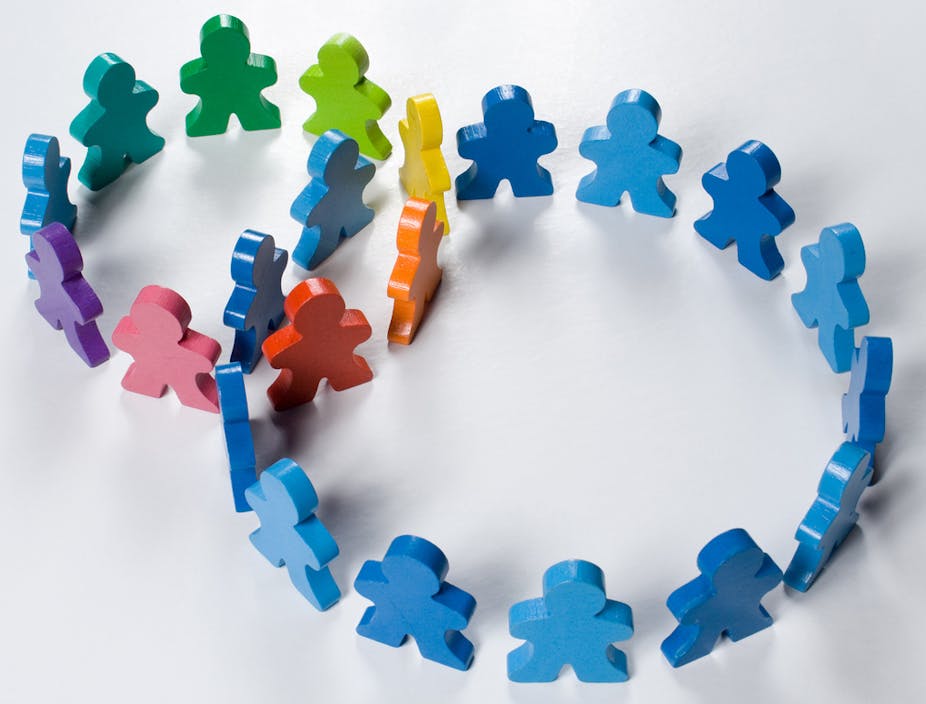We know that most Australians would prefer to die at home, but we also know that most don’t. In fact, most of the people reading this article will eventually die in a hospital.
A peaceful death at home requires a constellation of factors, and not all of them involve health services. Certainly, a carer (or two) who can live with the dying person during their illness is almost essential, as is a supportive doctor who will visit the home, a visiting palliative care team, and after-hours telephone back up. Some Australians, but by no means all, have access to these services.
But the strength of the community in which a person is dying and their informal network are also key factors. Some colleagues and I are researching the role of informal networks in supporting home deaths and this is what we’ve found so far.
Informal networks are formed by people from wider circles of friends, neighbours, workmates, fellow members of clubs, schoolmates, friends of the family, and so on. They don’t provide the hands-on personal care most people require at the end of their lives, but they rally around to offer practical and moral support to the dying person and their carer or carers.
The people we’ve been hearing from in this research are cooking meals, doing housework and odd jobs, minding children (and pets), providing transport, hosting parties, and much more. They’re providing company and comfort; a listening ear or a silent companion.
Members of social networks are often, but not always, known to each other, and may “get organised” through their own initiative before offering the support they can. We found one group of school children who were mobilised twice within a short number of years to support peers who had a dying parent. The second time around, they swung into action with a very clear understanding of how best to help.
There’s a cultural stereotype that rural communities understand this better than their metropolitan counterparts, but this is not always the case. We found strong, resilient and capable networks in both settings, as well as networks that were fairly loose and poorly equipped to provide the sort of support dying people need.
In one rural setting we studied, the overwhelming preference in the town was to go to the local hospital’s “palliative care room” to die, as home care was seen to be just “too hard”.
One of the tricky parts of being in an informal network is navigating the relationship with the formal professional services involved. Some of these services were willing to work with communities in mustering the support required, while others seemed reluctant to “let go” of responsibility for care. What’s become evident to us is that a community that’s equipped to “get on with it” will do just that whether the professionals are willing or not.
People can and do die at home and they do it well if they’re adequately supported by a caring network. And the end-of-life period is often a transformative experience for everyone involved. It brings people together, helps them develop useful hands-on skills, and creates a vibrant and growing sense of community and belonging. It’s stressful, emotional and difficult work, but it’s also a time of love and joy and an overwhelming feeling of being privileged and honoured to be involved in such care. It truly takes a village to achieve a home death.

